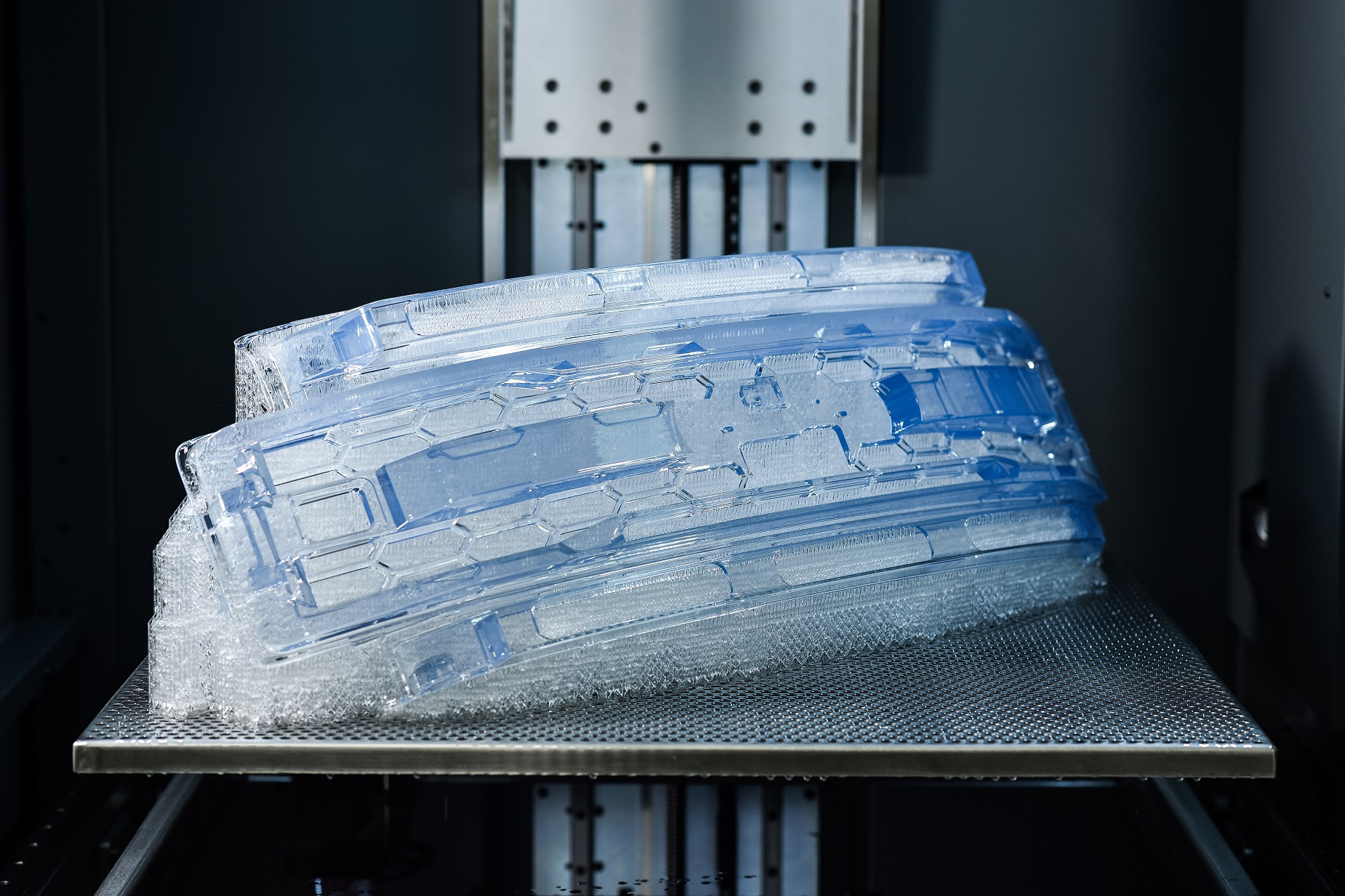EV Technology Group Ltd has signed a share purchase agreement with the shareholders of Fablink Group to acquire 76% of Fablink Group Holdings, a tier-one supplier to the automotive, transport and off-highway sectors. Fablink Group supplies pressings and complex welded structures, cab assemblies, lightweight bonded aluminium chassis and structures, and mixed material architectures. The acquisition includes all seven Fablink manufacturing sites across the UK, and Streamline Automotive, a new division of Fablink Group that offers turnkey clean-build vehicle assembly capabilities.
For further information www.evtgroup.com



















